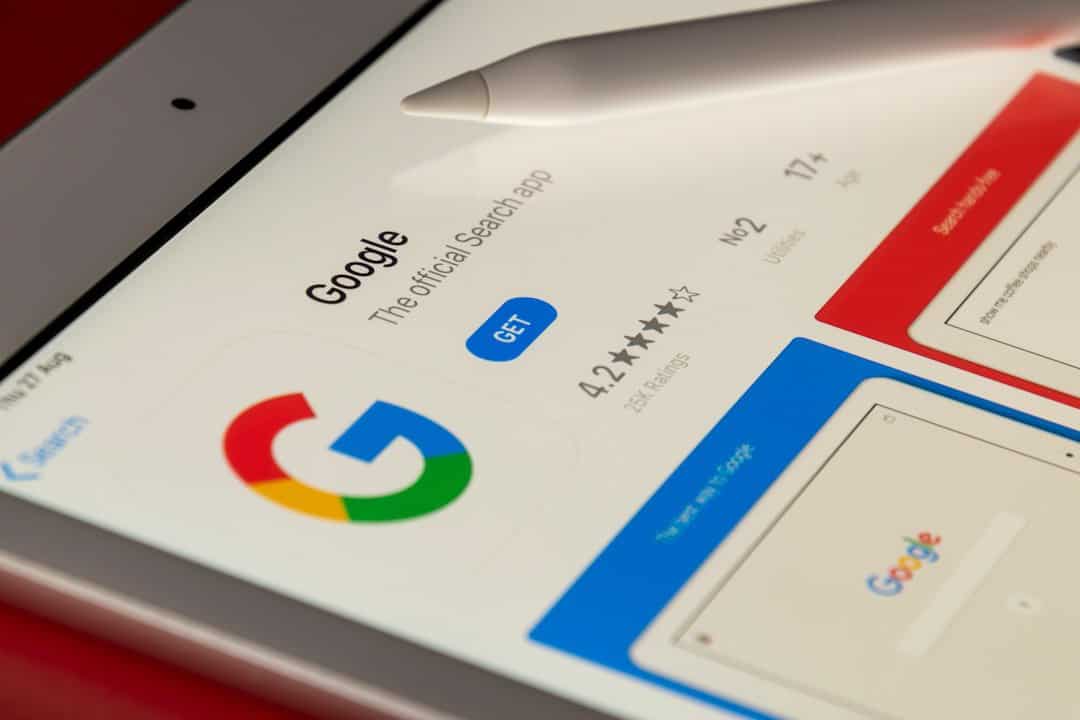If you’ve ever sat in on a digital strategy meeting and felt lost in a sea of acronyms like GA4, DR, or CTR — you’re not alone.
The good news? SEO (Search Engine Optimization) doesn’t have to be complicated. At its core, it’s about making sure the right people can find the right information at the right time.
This guide breaks down the most common SEO terms you’ll hear, explained in plain English — with examples that matter to nonprofits, training providers, and community organizations.
GA4 (Google Analytics 4)
Think of GA4 as your website’s dashboard. It tells you how many people visit, which pages they read, and whether they take action (like registering for a course).
GSC (Google Search Console)
This is Google’s own performance tracker. It shows how often your site appears in search, what keywords people use to find you, and whether there are technical issues blocking visibility.
CTR (Click-Through Rate)
CTR is simply how often people click on your site when they see it in search results.
Keyword Volume
The number of times a word or phrase is searched each month.
- “CPI training Ontario” might have hundreds of monthly searches, while “shelter board governance training” has fewer but more specific searches.
Keyword Difficulty (KD)
A score (0–100) showing how hard it is to rank for a keyword.
- Low KD = easier to rank (great for quick wins).
- High KD = competitive, but often worth pursuing for authority.
CPC (Cost Per Click)
How much advertisers pay when someone clicks an ad for that keyword.
- High CPC keywords (like “Mental Health First Aid certification”) usually signal strong demand and value.
Domain Rating (DR)
Think of this as your website’s reputation score (0–100). It’s based on how many credible sites link back to you.
- More relevant backlinks → higher DR → more trust from Google.
Backlinks & Referring Domains
A backlink is when another website links to yours. A referring domain is the website it comes from.
- Example: If a major nonprofit links to your “Introduction to Harm Reduction” course, that’s a backlink — and a credibility boost.
Schema Markup
A behind-the-scenes code that helps Google understand your content.
- Example: Marking a page as a “Course” lets Google show dates, costs, or FAQs right in search results.
Core Web Vitals
Google’s way of checking whether your site is fast, stable, and user-friendly.
- Pages that load quickly and work smoothly rank better.
Search Intent
The “why” behind a search:
- Informational: “What is trauma-informed care?”
- Transactional: “Register for CPI training Toronto”
- Navigational: “IDEA Training login”
Aligning content with intent ensures your site meets users where they are.
Organic Traffic
Visitors who come to your site through unpaid search results. It’s sustainable, long-term, and often the most valuable source of traffic.
Conversions
The actions you want people to take — such as:
- Registering for a course
- Downloading a resource
- Contacting your team
Why This Matters for Training & Nonprofits
Understanding these terms empowers staff and decision-makers to make smarter digital choices. Whether you’re trying to meet compliance standards, expand professional development, or reach underserved communities, SEO ensures your training is findable, accessible, and trusted.


